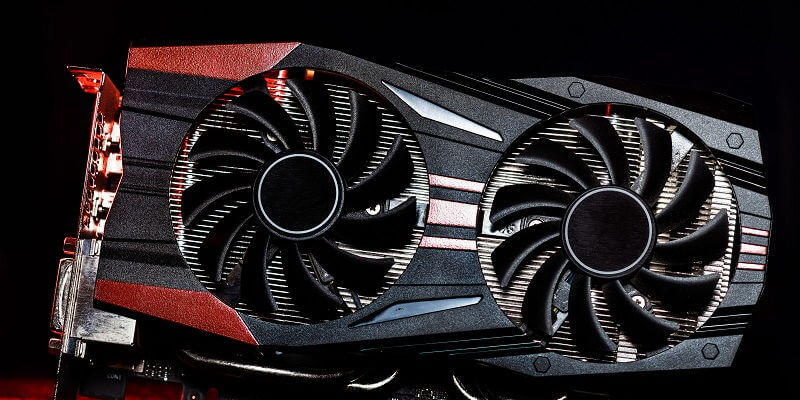Sapphire has introduced a new variant in its range of graphics cards: the RX 6750 XT. This release was quite unexpected, given that the RDNA3 GPUs have taken over the market. However, the RX 6750 XT offers strong competition to the current generation of NVIDIA graphics cards, with similar performance and a lower price point. This new release is an excellent option for gaming enthusiasts who expect high-end performance at an affordable price.
Unexpected release of Sapphire RX 6750 XT
The unexpected release of the Sapphire RX 6750 XT is surprising, given that the RDNA3 GPUs were believed to be the new standard for high-performance graphics cards. However, this new release offers an opportunity for gamers who are looking for high-quality performance, yet don’t want to spend a fortune on their graphics card.
Specifications of Sapphire RX 6750 XT
The Sapphire RX 6750 XT features 12GB GDDR6 memory that operates on a 192-bit bus interface. The memory speed is 16 Gbps, with a total bandwidth of 384 GB/s. This graphics card comes with 40 compute units and 2560 stream processors. The GPU operates at clock speeds of 2495 MHz for ‘Game’ and 2600 MHz for ‘Boost’ clocks.
Cooling features of Sapphire RX 6750 XT
The Sapphire RX 6750 XT features a triple-fan design, which includes two 90mm fans and one 80mm fan. This configuration ensures that the GPU remains cool during high-performance gaming. The graphics card also adopts a composite heat pipe that ensures even distribution of cooling across the GPU. This feature, added to the fan design, ensures that the Sapphire RX 6750 XT remains cool even during demanding games, ensuring long-lasting, reliable performance.
The Aesthetics of Sapphire’s RX 6750 XT
The Sapphire RX 6750 XT features a simple matte black design that blends into most gaming setups quite nicely. The graphics card also includes a metallic backplate, which adds to the aesthetics of the design and acts as a heat sink to reduce heat and ensure reliable performance.
Performance comparison with the current generation of NVIDIA
In terms of performance, the Sapphire RX 6750 XT is a strong contender against the current generation of NVIDIA graphics cards. Comparing the RX 6700 XT’s performance with the RTX 3060 Ti, the RX 6750 XT comes out on top with similar performance figures. The RTX 3060 Ti retails for around US $400-450, while the RX 6700 XT offers similar performance at a lower price point. The RX 6750 XT is an excellent option for gamers who want good performance without breaking the bank.
Price Comparison
When it comes to pricing, the Sapphire RX 6750 XT offers a price point that is competitive with the current generation of NVIDIA graphics cards. The RX 6750 XT costs considerable less than the RTX 4060 Ti, which retails for around US $400-450. This makes the RX 6750 XT an excellent option for those who are looking for good performance at a lower price point.
Tradeoffs of Choosing RX 6750 XT
The only tradeoff of choosing the Sapphire RX 6750 XT is that it does not support features such as DLSS 3.0 and ray tracing. However, these features are still not prevalent in gaming titles, so the RX 6750 XT can still provide an exceptional gaming experience.
The Sapphire RX 6750 XT graphics card offers an unexpected release that provides a strong competitor to the current generation of NVIDIA graphics cards. With similar performance to the RTX 3060 Ti, the Sapphire RX 6750 XT comes at a lower price point, making it an excellent choice for those who want high-performance graphics cards but are not willing to break the bank. The cooling features and aesthetics of the graphics card are also to be commended, making this an all-around impressive graphics card.

